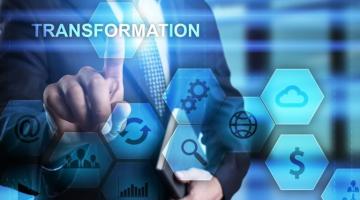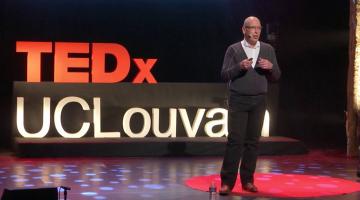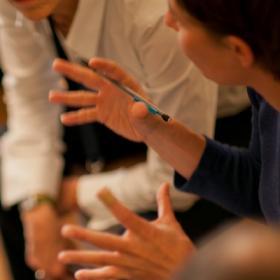The Future is Now: But Think Carefully Before you Digitise
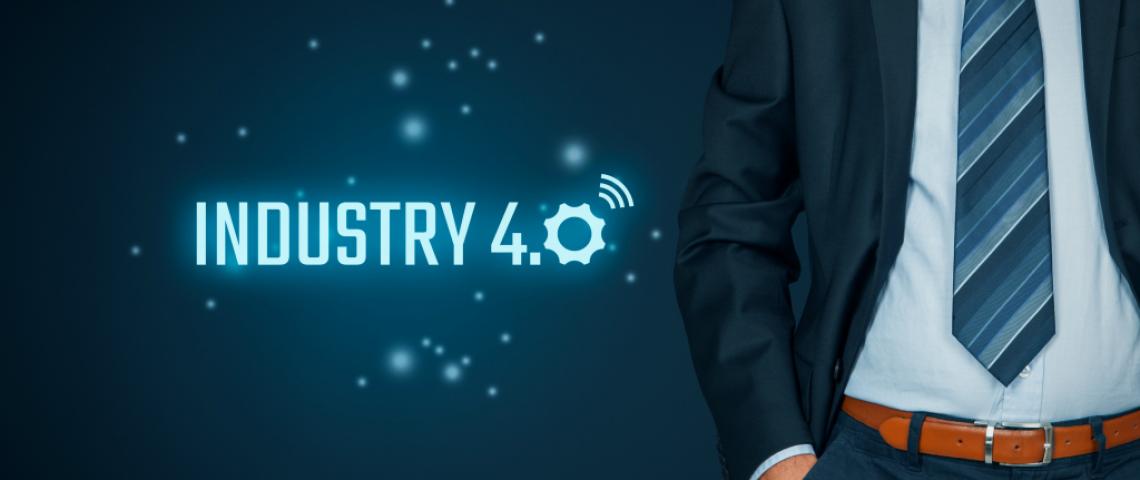
You can find plenty of examples of companies which disregarded the threats of digitisation: Kodak and Blockbuster are but two, but there are many others.
In recent years the digital transformation of business has accelerated intensely and while some companies, such as BMW, have proved capable of keeping apace with the development, others have completely missed it – with disastrous consequences.
Professor Alexander Richter is head of the research unit for Digital Work Design at the University of Zurich and, since 2007, he has been conducting research into the digital transformation of companies. Along the way he has learned what works well – and what absolutely doesn’t.

Alexander Richter, head of the “Digital Work Design” research unit at the University of Zurich.
“Car manufacturers, such as BMW, have had difficulty forecasting what was going to happen in the car industry. But as sales stagnated - because the younger generation was solely interested in being transported and not specifically owning a car - they had to react and adapt,” says Richter.
“Thus, they had to change direction and are now working with mobility instead of production, using IT-specialists to develop top modern systems that read consumers’ needs and behaviour.”
The Copenhagen based car sharing company, DriveNow, is a great example of this trend for analysing driver behaviour and providing mobility, he says.
How does this influence leaders?
Professor Richter believes that it is crucial leaders mentally adapt to digitisation. In the process they must ask themselves: what are we best at? Only when one knows the answer to this question should one then proceed along the route of digitalisation, he thinks.
The transformation happens fast, but it is possible to take one step at a time and think before you make the next move.
One of the major tech trends in companies right now is the Internet of Things (IoT). This technological phenomenon opens up a lot of possibilities with regard to data collection and knowledge sharing. But to truly transform these opportunities into an actual value for the company, leaders must understand how this collected data and knowledge can be effectively utilised.
“Leaders must look at their company culture. It becomes too overwhelming if you just implement IoT everywhere and digitise in every corner of the company. The transformation happens fast, but it is possible to take one step at a time and think before you make the next move,” says Richter.
He adds, “User experience must be the primary focus, meaning it is necessary to get rid of old systems. And you need to incorporate safety systems so that data protection is taken care of.”
The Intelligent Whiteboard
Innovation Executive at IBM’s Watson IoT division, Anders Quitzau, is working on the implementation of cognitive IoT for companies as a platform for new business models.
Quitzau believes it is crucial that leaders both consider the sustainability of their business model and the creation of customer benefits – as well as the implementation of data management and the IoT.
Although people most often equate IoT with automation, the suite of technologies can also be used for collaboration. A great example of this is the copying machine manufacturer Ricoh, whose top product is a cognitive whiteboard which is integrated with the IBM’s Watson IoT.
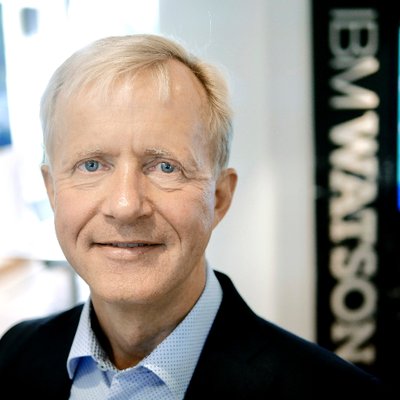
Anders Quitzau is Innovation Executive at IBM Denmark. His main focus is on opportunities within the Internet of Things and Artificial Intelligence.
Quitzau explains how the cognitive whiteboard works. “If, for example, you have an online meeting with a business partner in Japan, all that is written in English is translated to Japanese on the business partner’s whiteboard. At the same time, the whiteboard automatically records the proceedings of the meeting.”
The expert’s advice: Start small and scale up
Another great example of a company that is using the IoT to its advantage is the lift manufacturer KONE. Instead of just producing and installing lifts and escalators, the company now perceives itself as a people moving service. So, for example, by utilising the data collection and monitoring aspects of the IoT they can forecast when a lift is likely to break down – and repair it in time.
Yes, certain functions will be superseded – but it is often the routine jobs, in which the employees’ competencies could be used in more exciting areas.
In this manner, the IoT has allowed KONE to be transformed into a new business model based on ‘people moving’ as a service.
“Just as technology has helped us move heavy stuff, IoT and Cognitive Intelligence [also known as Artificial Intelligence] can give us access to knowledge and help us utilise it. IoT, robotics and cognitive computing must be seen as helpful tools. Yes, certain functions will be superseded – but it is often the routine jobs, in which the employees’ competencies could be used in more exciting areas,” says Quitzau.
His advice to companies facing the challenge of digitisation is clear:
“Start small and make sure that the systems are scalable. In this way you can keep up with the pace of transformation, take employees along for the ride and maintain control along the way.”
